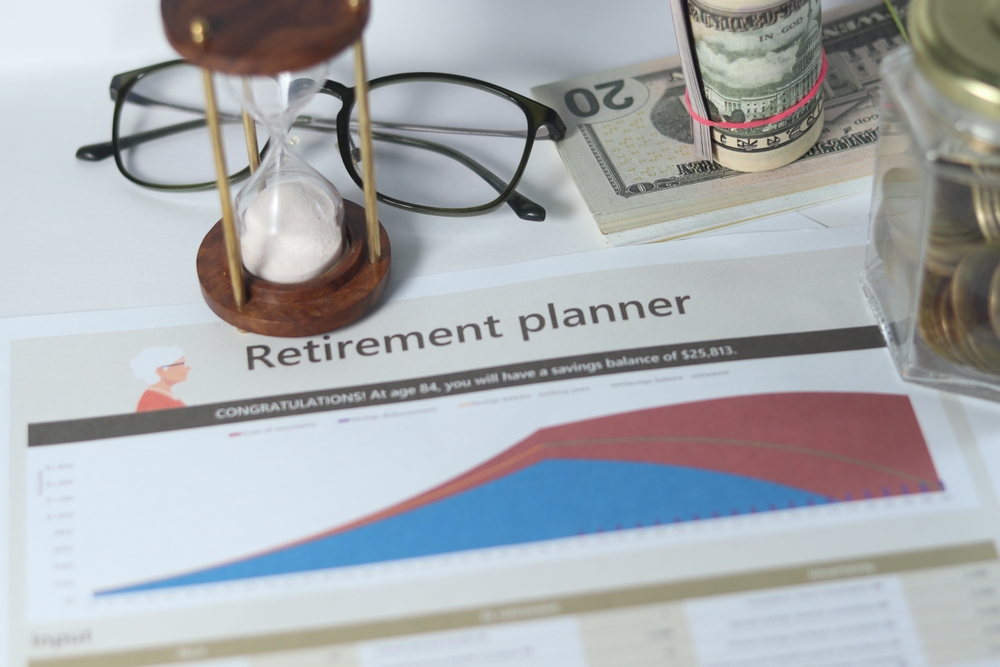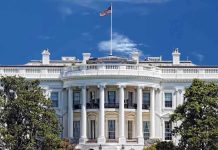
IRS Quietly Confirms Backdoor Roth IRA Strategy for 2025, Offering High-Income Americans a Rare Tax Haven While Washington Prints More Money
Key Takeaways
- The Backdoor Roth IRA remains legal for 2025, allowing high-income earners to bypass income restrictions and secure tax-free retirement growth
- Contribution limits increase to $7,000 ($8,000 for those 50+) in 2025, providing a significant tax shelter against Biden’s inflationary policies
- Income phase-out thresholds rise to $150,000-$165,000 for single filers and $236,000-$246,000 for joint filers
- The strategy requires careful navigation of the pro-rata rule to avoid unexpected tax consequences
A Financial Loophole Washington Hasn’t Closed…Yet
While the Biden administration continues its spending spree with American tax dollars, the IRS has quietly preserved one of the few remaining tax shelters for hardworking, high-income Americans. The Backdoor Roth IRA strategy will remain viable through 2025, offering a critical opportunity for those shut out of traditional retirement savings options due to their success. This two-step process allows individuals earning above government-imposed thresholds to legally circumvent income restrictions and secure tax-free growth for retirement, despite Washington’s persistent attempts to limit financial freedom for productive citizens.
The strategy involves first contributing after-tax dollars to a Traditional IRA, then promptly converting those funds to a Roth IRA. This maneuver effectively bypasses the income limits that prevent direct Roth IRA contributions for single filers earning over $165,000 and married couples filing jointly earning over $246,000 in 2025. As inflation continues to erode purchasing power under current economic policies, this tax strategy becomes increasingly valuable for Americans trying to protect their hard-earned wealth from government overreach.
2025 Contribution Limits: A Rare Opportunity in Inflationary Times
For 2025, the IRS has set Traditional and Roth IRA contribution limits at $7,000 annually, with an additional $1,000 catch-up contribution available for those 50 and older. These modest increases barely keep pace with the rampant inflation caused by excessive government spending, but they do provide a small additional shelter for retirement savings. The Backdoor Roth strategy allows high-income earners to utilize these contribution limits despite earning well above the government’s arbitrary income thresholds, creating a rare opportunity for financial independence in an increasingly restrictive tax environment.
The income phase-out ranges for direct Roth IRA contributions in 2025 start at $150,000 for single filers and $236,000 for married couples filing jointly. These thresholds represent the government’s ongoing effort to limit tax advantages for successful Americans while simultaneously devaluing their earnings through inflationary policies. The Backdoor Roth IRA strategy serves as a critical workaround, allowing productive citizens to protect at least a portion of their retirement savings from future taxation, regardless of their income level.
Tax-Free Growth: A Shield Against Government Overreach
The primary benefit of the Backdoor Roth IRA is the potential for completely tax-free growth and withdrawals in retirement. Unlike traditional retirement accounts, which merely defer taxes to a later date when the government might impose even higher rates, Roth IRAs offer genuine tax freedom. Qualified withdrawals after age 59½ (with a five-year holding period) incur no federal income tax, providing a rare shield against future tax hikes that will inevitably come to pay for today’s runaway government spending. Additionally, Roth IRAs are exempt from Required Minimum Distributions during the owner’s lifetime, allowing wealth to grow unimpeded by government mandates.
For Americans concerned about the government’s fiscal irresponsibility and the likelihood of higher future tax rates to cover mounting national debt, the Backdoor Roth IRA represents one of the few remaining legal tax shelters. While Washington continues to prioritize spending on programs for non-citizens and ideologically-driven initiatives, hardworking Americans can use this strategy to protect at least some portion of their retirement savings from the inevitable tax consequences of these policies.
Navigating the Pro-Rata Rule: The Government’s Tax Trap
The most significant pitfall in executing a Backdoor Roth IRA strategy is the pro-rata rule, a complex IRS regulation designed to ensure the government gets its share of your retirement savings. This rule requires taxpayers to calculate the taxable portion of any conversion based on the ratio of pre-tax to after-tax dollars across all IRA accounts. For example, if 50% of your total IRA balances consist of pre-tax contributions, then 50% of your Backdoor Roth conversion would be taxable, regardless of which specific dollars you’re converting.
“The pro-rata rule is the biggest stumbling block for many taxpayers attempting the Backdoor Roth strategy. If you have existing pre-tax IRA funds, you might consider rolling those into an employer 401(k) plan before implementing this strategy to avoid triggering unexpected taxes,” explains financial experts at Morningstar in their analysis of Backdoor Roth IRA rules.
To properly execute the strategy and minimize tax consequences, high-income earners should contribute to a Traditional IRA, immediately convert those funds to a Roth IRA before any earnings accrue, and carefully document the process on IRS Form 8606. Failure to properly report nondeductible contributions and conversions can lead to double taxation, another way the government extracts more than its fair share from productive citizens.
Legislative Risk: Act Before Washington Closes the Door
While the Backdoor Roth IRA strategy remains legal for 2025, there’s no guarantee this opportunity will continue indefinitely. Previous legislative proposals have targeted this strategy for elimination, reflecting the government’s ongoing efforts to limit tax advantages for successful Americans. The Biden administration and progressive lawmakers have repeatedly signaled their intention to increase taxes on higher earners while expanding entitlement programs that encourage dependency rather than self-reliance.
For citizens concerned about preserving their financial independence in an increasingly hostile tax environment, implementing the Backdoor Roth IRA strategy in 2025 represents a time-sensitive opportunity. While Washington continues to prioritize spending on programs that benefit non-citizens and special interest groups, this strategy offers a legal means for hardworking Americans to protect their retirement savings from future government overreach.
As inflation continues to erode purchasing power and government spending drives the national debt to unprecedented levels, the tax-free growth potential of Roth IRAs becomes increasingly valuable. By acting now to implement the Backdoor Roth strategy, high-income earners can secure at least some protection against the inevitable tax consequences of today’s fiscal irresponsibility.
Sources:
Vanguard – How to set up a backdoor IRA
Investopedia – Backdoor Roth IRA
Morningstar – Key Rules for Backdoor Roth IRA Contribution
SDOCPA – Roth vs Mega Backdoor Roth
Fidelity – Roth IRA Income Limits













